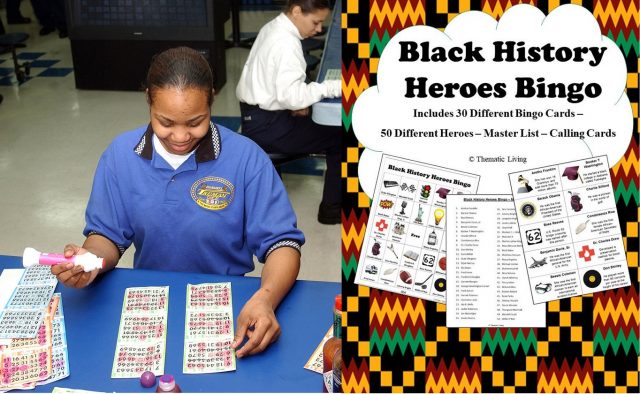
Often thought of as a game enjoyed only by women, bingo is a popular pastime that has been increasingly enjoyed over the decades. It is played regularly both online and in bingo halls or casinos. Its being attributed to more feminine than masculine gaming activities derives above all from the dedicated colour palettes specifically marketed for female players.
With so many games like mobile slots or betting on football and sport in general dominated by men, it is always interesting to find one that is predominantly dominated by the fairer sex, as this infographic on women and gambling shows. One must ask why this is the case, what is bingo and why is it so attractive to women? To answer this question with some degree of accuracy, we need to break down some of its components and examine how they fit the needs and preferences of women.
The game is simple, fun and easy
One of the biggest attractions of the game of bingo for most women is the fact that the game is simple, easy to learn and a lot of fun to play. Not everyone likes too complicated games that involve too much risk or stress. In fact, the idea behind games like bongo for example is to get away from the stress and complications of life. Bingo is the perfect form of escapism, allowing the participant time to relax and focus on nothing but the next number that is called by the announcer.
One of the greatest aspects or characteristics of bingo is its social aspect. Traditionally the game of bingo took place in community centers and churches, where women from the local community gathered to play with each other. Very often these games were set up as a charitable unit to raise funds for any social need. Getting together to play bingo was not only a great way to meet and spend time with friends from the community; it was also a way to raise money while still having fun.
Although not all bingo games today are about raising funds for a good cause but has increasingly become a playful activity, the social element of bingo is always present and one of the game’s greatest attractions. When bingo came to the Internet, many traditional players worried that the game would lose its social value. However, the opposite happened. Online bingo is currently among the most played games in the world. The platforms not only offer many more bingo cards and playing styles, but they offer a huge social network that is much larger than any bingo game in a room could ever hope to achieve. Modern bingo women today are able to connect across continents, all with their shared love for the game.
The Evolution of Bingo
In recent decades, the game of Bingo has spread throughout the rest of the USA, passing from its initial version to the new one so bingo numbers today are 75 instead of 90. The extraction, which initially was carried out between 75 numbers in the USA remained unchanged, while in the export of this game to Italy, where the social heritage of the Lotto game is strong, they moved on to extraction on the traditional range of 90 numbers.
The History of Bingo
The origins of the game of bingo date back to 1530, the year in which the first lottery in history was established. The first version of the Bingo game appeared only in 1929, when an American, a modest toy seller from the city of New York named Edwin Lowe, decided to take part in the “Beano” game, a variant of the Lotto game played. in Georgia, which took its name from the Anglo-Saxon term “bean”, which means “bean”. The name came from the fact that the players were given cards with printed numbers on them, and to mark the drawn numbers the participants used dried beans. Taking part in the game, and finding himself winning a game, he yelled loudly “Bingo” by mistake; the term pleased and from that moment all subsequent winnings were proclaimed with this new name.
Bingo in some countries has also served to generate revenue for the state, to finance important works, such as the construction of the Great Wall of China (built with the proceeds of the local game of Keno, a game very similar to Bingo). In this version, the cards had 9 vertical and 3 horizontal lines, and the numbers ranged from 1 to 90, just like in Italy with the Bingo, unlike which, however, you could only buy one card per player. The numbers were drawn one after the other from inside a leather bag, and Keno is said to have been used to teach children to count and recognize numbers.
Interestingly Bingo is also popular with black people and black themed bingo cards have been created. Examples of these can be found on Etsy. It a great idea to combine the fun social side of bingo with education.







